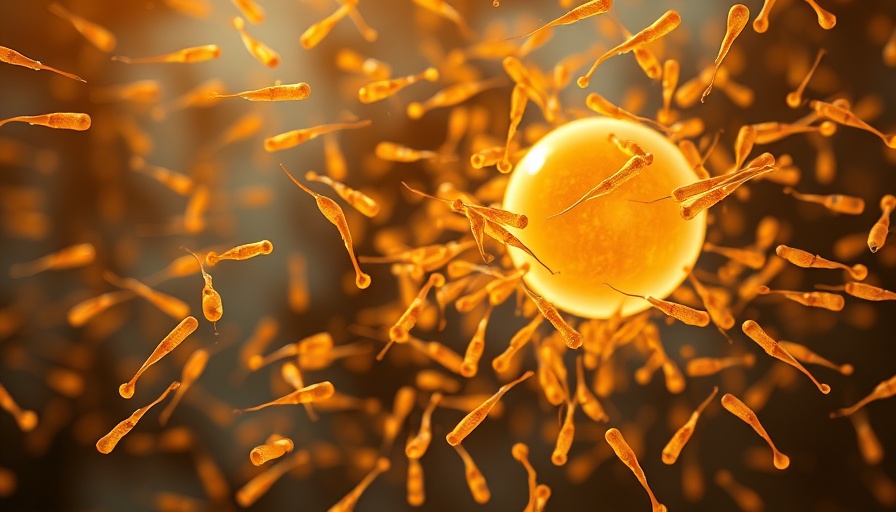
The Impact of Aging on Male Fertility: New Insights from Recent Research
As men age, their reproductive health is often overlooked in discussions surrounding fertility challenges and pregnancies. Unlike women, who face a well-documented decline in fertility with older age, the ramifications of advanced paternal age are only recently beginning to take center stage in public health discussions. A recent study highlights that harmful DNA changes in sperm increase sharply as men age, an alarming finding that raises questions about male fertility and offspring health.
Grasping the Age-Related Changes in Sperm Quality
Research suggests that significant alterations in sperm DNA integrity begin at age 35, with these changes becoming even more pronounced after age 40. While men typically retain the capacity to produce sperm throughout their lives, age-related changes can lead to decreased semen quality. Studies indicate that older fathers may experience longer conception times and have a higher risk of miscarriage and genetic disorders in their offspring. Factors like oxidative stress and the buildup of genetic mutations play key roles in this deterioration, painting a picture of how aging can unveil challenges previously less understood.
What's Behind the DNA Changes?
An exploration into the biological mechanisms reveals that as men age, their sperm can undergo damaging alterations that may lead to a breakdown in genetic integrity. Oxidative stress, for instance, is linked to increased DNA fragmentation in sperm cells. Reactive oxygen species, which can result from factors like lifestyle choices, accumulate as men get older, exacerbating DNA damage and impairing sperm functionality. This can lead to not only infertility challenges but also potential health concerns for future children.
The Risks of Advanced Paternal Age: Beyond Fertility
Beyond potential fertility issues, advanced paternal age is accompanied by increased risks in offspring health. Research indicates correlations between older paternal age and various genetic disorders, behavioral challenges, and increased rates of conditions like autism and schizophrenia. Furthermore, older fathers are linked to higher risks of pregnancy complications, such as miscarriage and congenital disabilities. As knowledge grows, it’s clear that understanding the implications of fathering children later in life is crucial for informed decision-making.
Making Informed Choices
For men in the 35-55 age bracket, awareness of how age affects reproductive health is paramount. Recognizing the impact of lifestyle choices—like diet, exercise, and managing stress—plays a vital role in promoting better sperm health. Additionally, consultative avenues, such as discussing reproductive plans with healthcare professionals, can offer personalized insights tailored to individual circumstances. Adopting healthier lifestyle habits can be a proactive strategy in potentially mitigating the effects of aging on sperm quality and overall health.
The Path Forward: Addressing the Knowledge Gap
With societal trends leaning towards later parenthood, addressing the gaps in knowledge surrounding male fertility and aging is vital. Men must be informed about the realities of advanced paternal age and make decisions that align with both their health and reproductive aspirations. Educational resources, supportive healthcare practices, and public awareness campaigns can empower men to take charge of their reproductive health, ensuring that they are equipped to handle the challenges that age might bring.
Conclusion: Take Control of Your Reproductive Health
As understanding grows around the implications of aging on male fertility, men between the ages of 35-55 are encouraged to take proactive steps towards maintaining their reproductive health. Engage with healthcare providers, prioritize healthy lifestyle habits, and consider the implications of age on your role as a parent. It's never too late to start making choices that positively impact your health and that of your future child.
 Add Row
Add Row  Add
Add 




Write A Comment